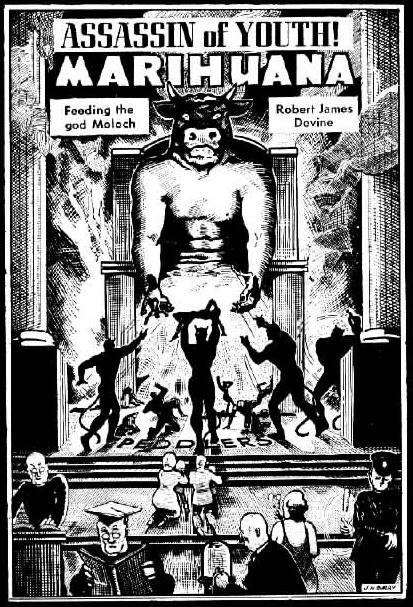 SAN DIEGO -- California, land of the possible. So it used to be: the state where optimism was policy and the policy worked. Not today.
SAN DIEGO -- California, land of the possible. So it used to be: the state where optimism was policy and the policy worked. Not today.
 SAN DIEGO -- California, land of the possible. So it used to be: the state where optimism was policy and the policy worked. Not today.
SAN DIEGO -- California, land of the possible. So it used to be: the state where optimism was policy and the policy worked. Not today.
Two Republican governors 50 years apart define the change. Earl Warren was an optimist whose political method was to appeal to the best in human nature. He himself had risen from poverty by way of the University of California and he worked to make that kind of opportunity available to all Californians. He was a tough prosecutor before he was governor, but he also sought to reduce crime by easing social inequalities.
Pete Wilson first made his political mark as a progressive mayor of San Diego. As governor, he has increasingly turned to the politics of division, appealing to the anger of voters on such issues as immigration and affirmative action. His three-strikes law is making California the world capital of incarceration.
Education was a key aspect of California's spectacular growth in the decades after World War II. Warren built large numbers of schools, enough to keep up with the rapid rise in the state's population. The rich sent their children to public schools. Today, California is near the bottom of state school rankings by average number of pupils per teacher. Private schools are booming.
Higher education was also a priority of Warren and his successor, Democrat Pat Brown. The many campuses of the University of California and California State University made up the best public system in the country. And it was all virtually free.
In the last five years, fees have quadrupled in the state system, so it is no longer the same ladder of upward mobility. Despite the higher costs to students the university is pinched for funds because state support has been limited.
The growth industry in California is prisons. As recently as 15 years ago the state spent six times as much on higher education as on prisons. Last year the prison budget was larger - and the disparity is going to grow.
It now takes about 10 percent of the state budget to operate the prisons. According to a study by the Rand Corp., it will be 18 percent six years from now. Given mandatory spending for other things under state budget rules, that will leave just l percent for the universities.
Seventeen new prisons have been built in the last 15 years. Fifteen more will be needed by the year 2000, to house among others the flood of inmates serving 25 years to life under the three strikes law. The construction cost will be around $5 billion.
You could not have a starker statement of a society's outlook than the figures for education and prisons in California.
A study by the California Higher Education Policy Center, published last year by the Public Agenda Foundation, quoted a California businessman.
"In the 1950s and 60s," he said, "California had the greatest educational system that had ever existed on the face of the Earth. Today I will pay more tuition for my child to go to third grade in private school than I paid for college and law school combined. I personally don't care because I am rich. I got a chance to be rich because education was available at virtually no cost. But what about the family that is situated today the way mine was? You create a lack of promise that has widespread implications."
The downgrading of education is dangerous for a reason beyond the effect on class divisions. Education is the crucial element for success in the new world economy. For California to fall behind the Asian states that make education a priority is to blight its future.
What happens in California, it used to be said, is a preview of what will happen to all of America. We have to hope that that is no longer true.
[End]

 to the Oregon Services Plundered for Drug War page.
to the Oregon Services Plundered for Drug War page.
 to the Oregon Schools Plundered for Drug War page.
to the Oregon Schools Plundered for Drug War page.
This URL: http://www.pdxnorml.org/lewis.html